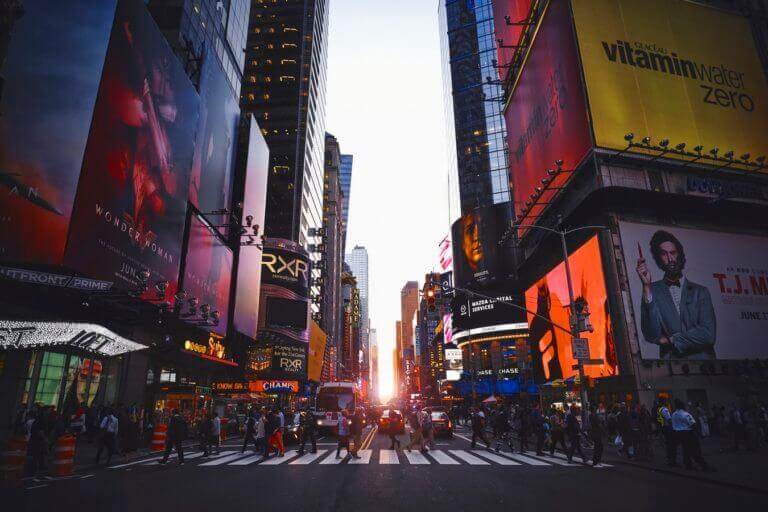
Not all billboards are created equal. There are a vast diversity of sizes available to promote your brand or business proposition Billboards come in a wide variety of sizes. Billboards are the largest and among the most impactful standard-sized OOH media formats. Located primarily on major roads, they attract high-density consumer exposure (mostly to vehicular traffic, but often to pedestrians). Bulletins afford heightened visibility due not only to their size but also because they allow creative “customising” through extensions and embellishments.
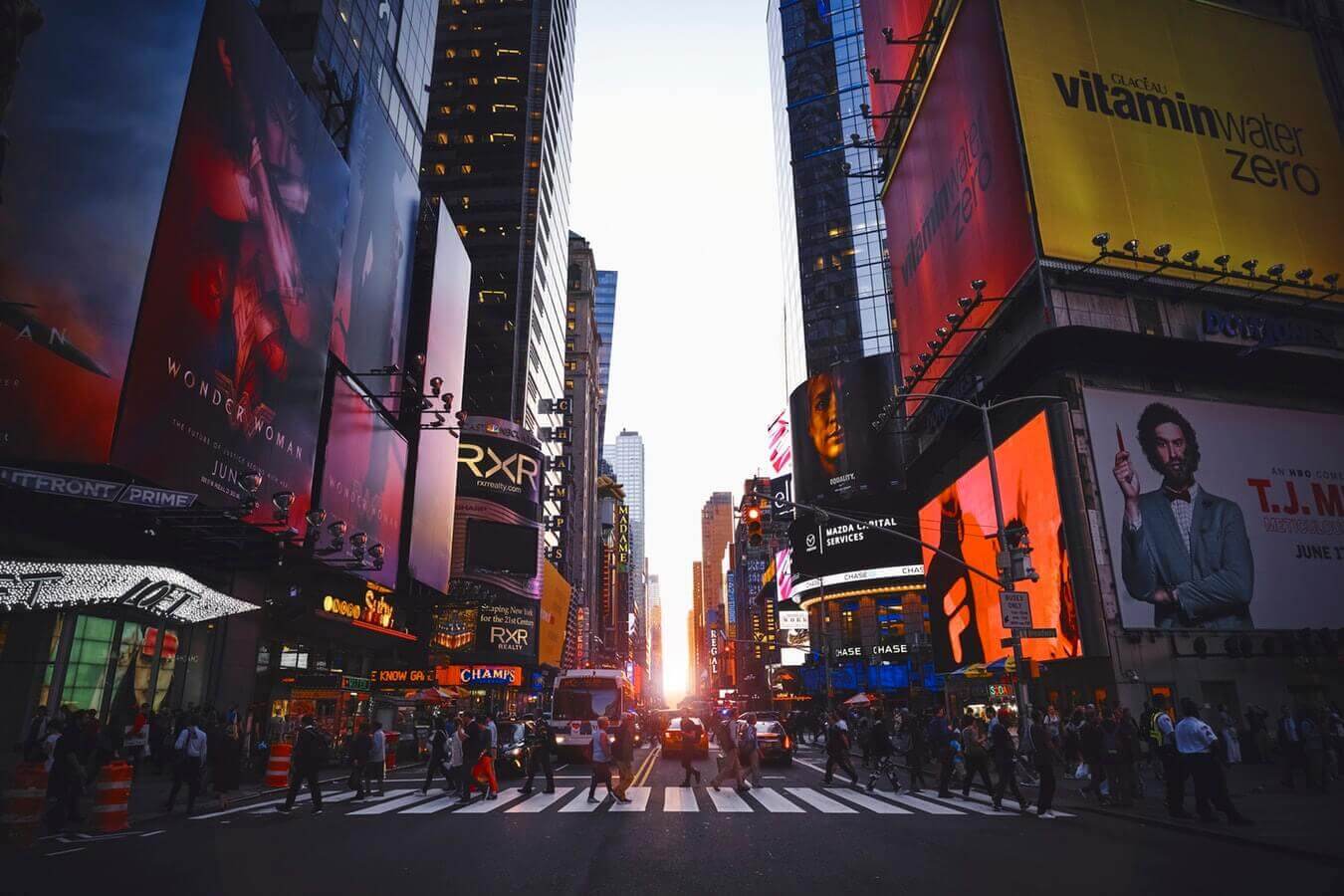
USES
Billboards provide high impact and ratings for many kinds of products and services to reach consumers.
– Rotary Billboards: these are moved to different, pre-approved locations periodically to give broad market coverage.
– Permanent Billboards: these have dominant coverage of high traffic volumes at fixed locations; advertising remains at the site throughout the contract. Permanent billboards are used for directional or selected geo-demographic coverage purposes.
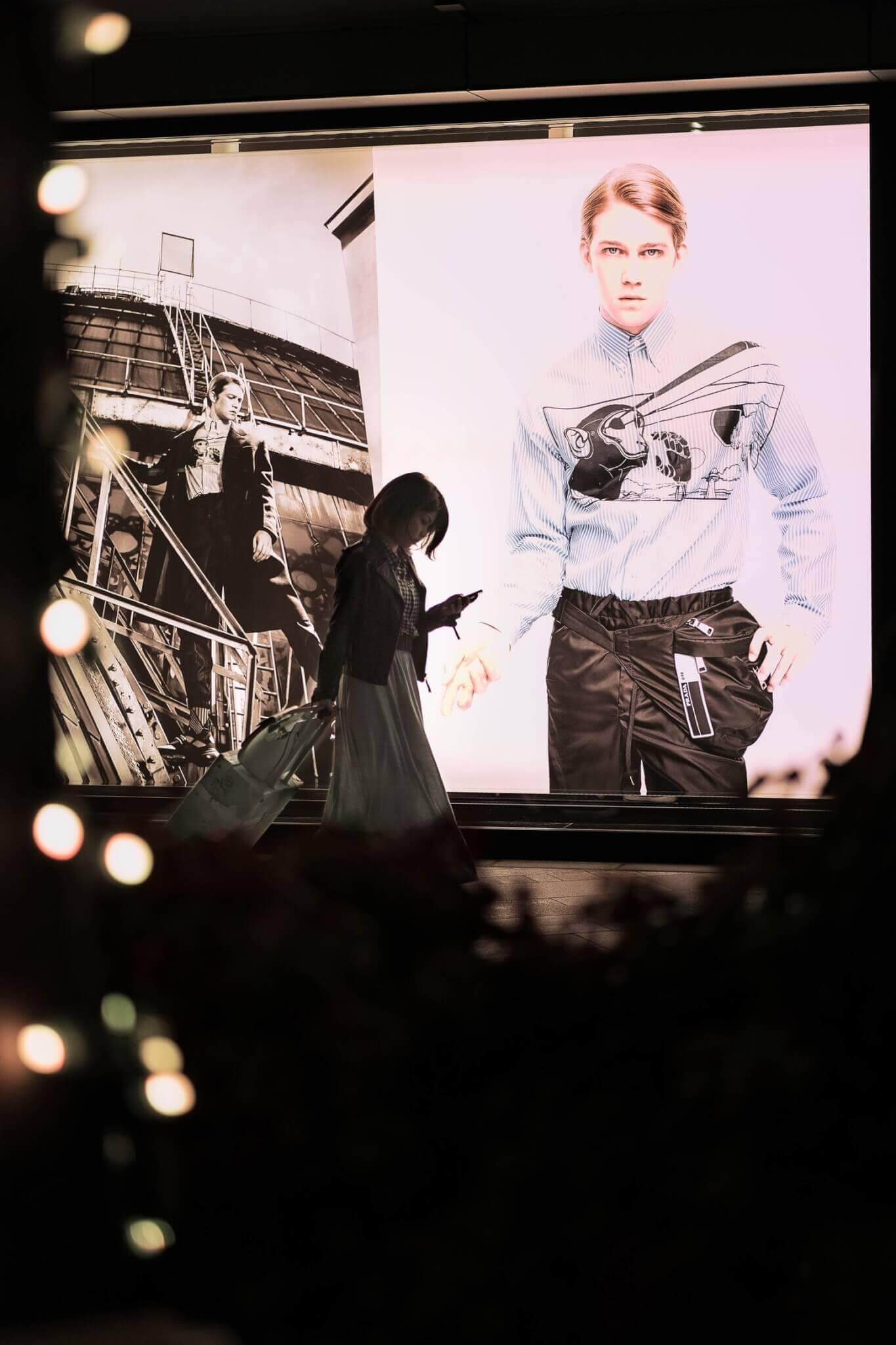
AVAILABILITY
Billboards are available in virtually all markets (cities, towns, connecting highways, and expressways). These are usually purchased in a multi-month contract; generally moved to new locations every 60 days. Permanent billboards are bought and priced individually, predicated on location and audience delivery. Contracts are usually for six months or longer. Shorter contract periods are possible for all billboards.
STANDARD SIZE
The most common billboards sizes are shown below. However, there are specially constructed “spectacular” billboards with elaborate features and embellishments (such as backlighting), which can be negotiated individually.
The most common live copy area sizes are:
– Standard Sizes
14′ H x 48′ W
10’ H x 40’ W
10’6” H x 36’ W
– Spectacular Sizes
20’ H x 60’ W
16’ H x 60’ W
– Design: An efficient, creative design is critical for visual impact. Simple design provides the best impression for reaching the targeted audience.
PRODUCTION
– Painted Billboards: This technique is rarely used today. Artwork should be received by plant operators 60 days before the posting date. Rendered by skilled artists and painted, the artwork scale should be 3/8” or 1/2” = 1’.
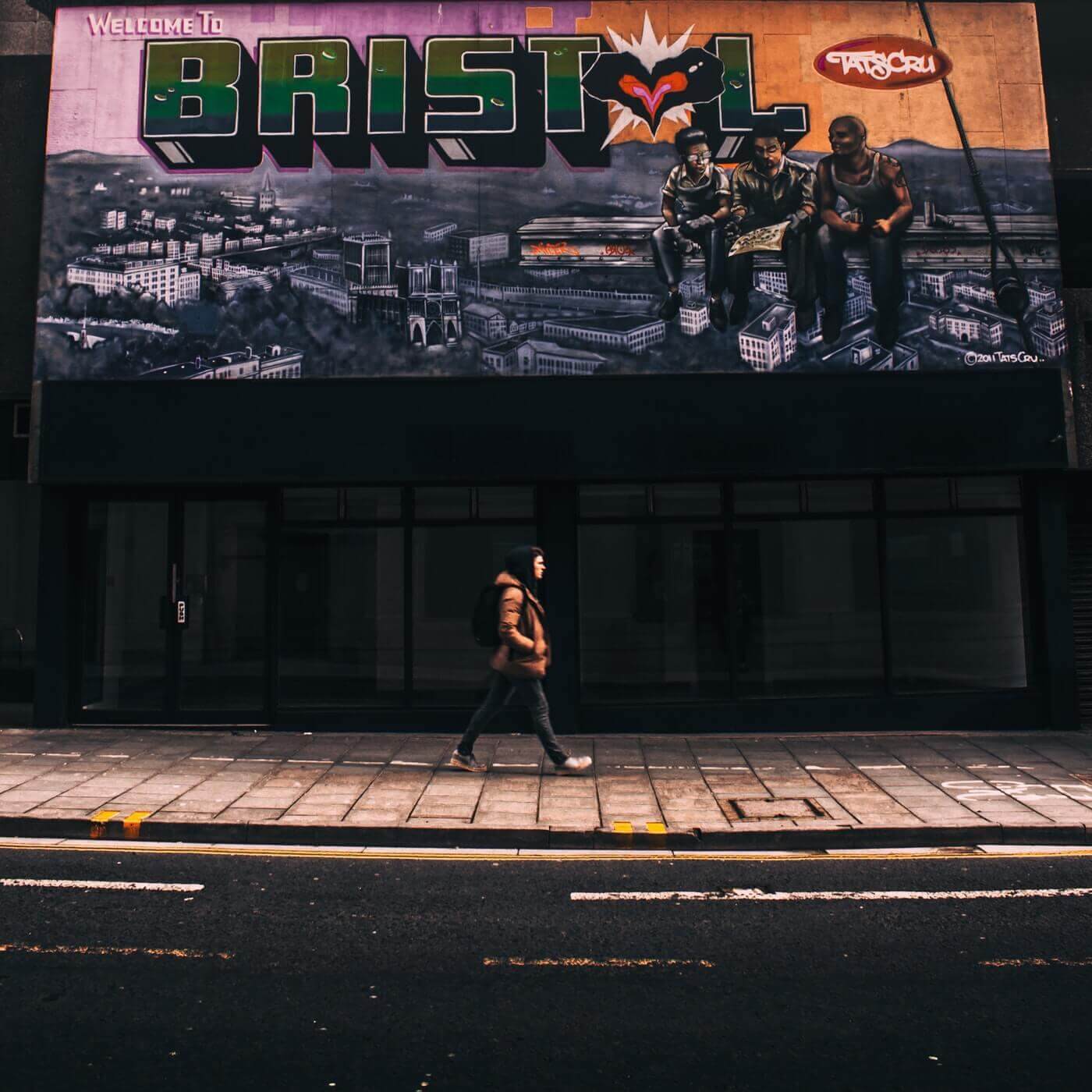
– Printed Billboards: (Opaque PVC Vinyl or PE plastic) This is the most common technique for producing billboards. Durable and long-lasting flexible vinyl faces present a uniform appearance with good colour and art quality. Vinyl or plastic billboards must be supplied to plant operators at least ten working days before the posting date. The material is usually produced on one sheet and stretched over the face of the structure. A four-inch pole pocket is contained within the bleed on all four sides are required.
The vinyl-coated polyester weave and polyethylene plastic used as a billboard substrate vary in weight and density, depending on its application. Typically, billboard flex is a lightweight material; its strength is derived from the structure it wraps. Usually, it is not fire-retardant and is between eight and 12 oz. per square yard. There is a substantial 18 oz material which is fire-retardant and is typically used for interior signage and in situations where flame spread and smoke density are an issue.
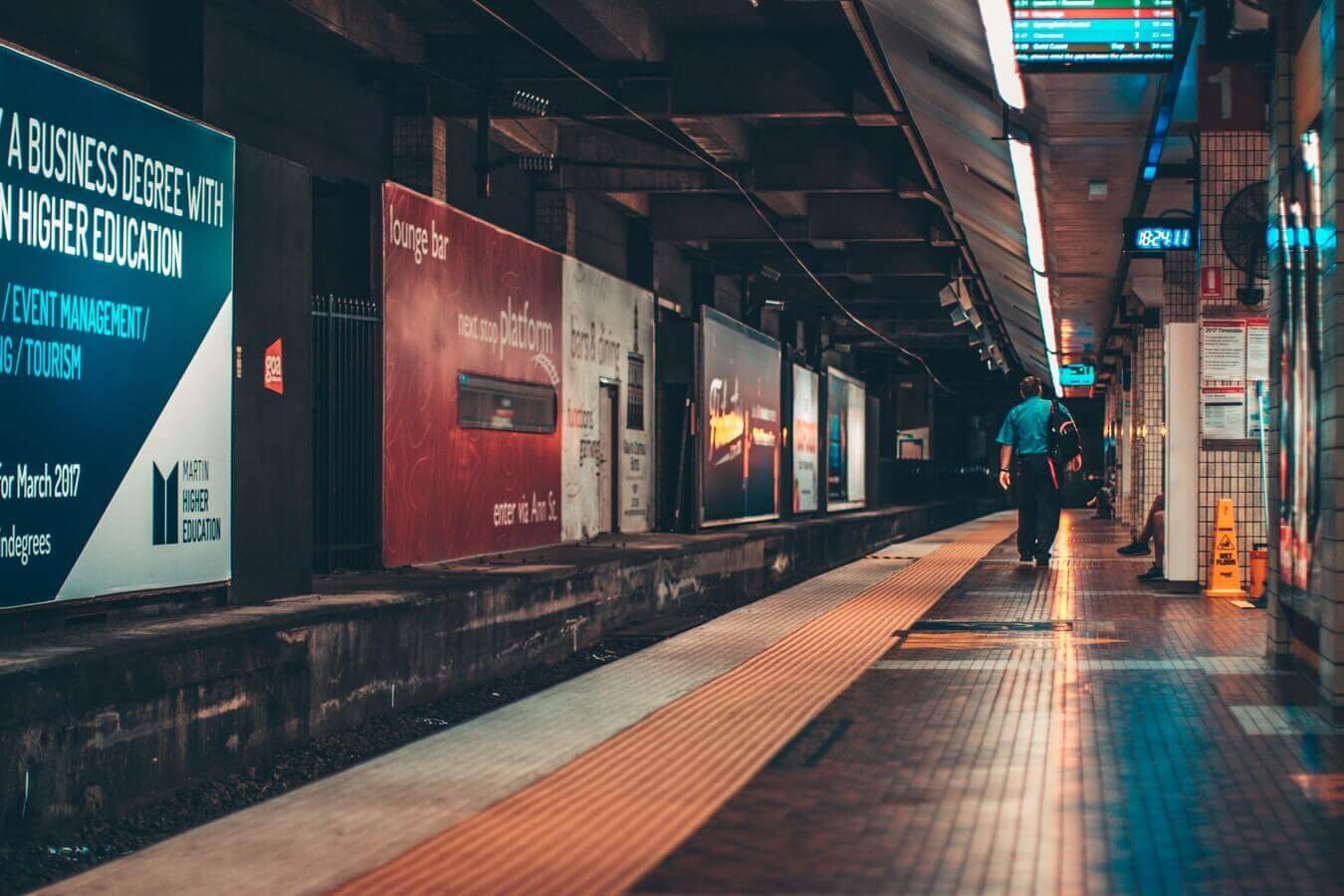
PREPARATION OF ARTWORK
– Traditional Mechanicals
The layout size for 14’ x 48’ bulletins is 7” x 24”, scaled to 1/2 ”x 1’. A tissue overlay is used to note unique embellishments and colours and, if a photograph is used in the design, an 8” x 10” (or larger) colour photograph should be provided with a colour copy of the layout.
– Digital Files
Digital files should be supplied at 300 dpi with a printout. The preferred layout sizes are 3/8” or 1/4” scale. Screen and printer fonts should be included as well as all image files. Low-resolution images are acceptable for placement only. Supply original transparencies or hi-resolution scans for any artwork. All images and art files provided should be saved in CMYK mode, and as EPS or TIFF files with an accompanying colour printout of the layout.
– Extensions
Extensions (cutouts that extend beyond the basic shape of the structure) are often used to increase the impact of the billboards. Extensions or cut-outs may be added around perimeters often with a one-time charge per square foot and a once-a-month maintenance charge. Depending on local restrictions, extensions or cut-outs may be added from 5’ to 5’6” on top, 2’ on the side and 1’ on the bottom. Extra space cost is comparable to print media foldouts or inserts. Check with local out of home operators for market-specific rules and regulations.



